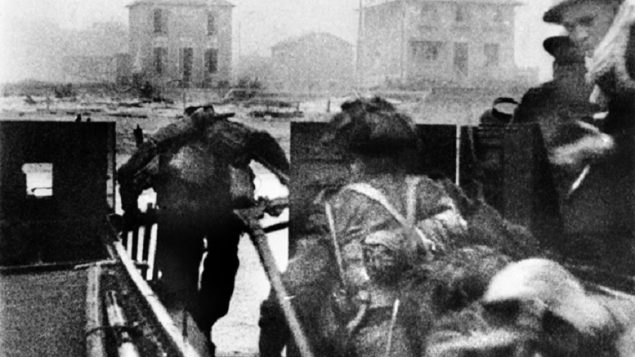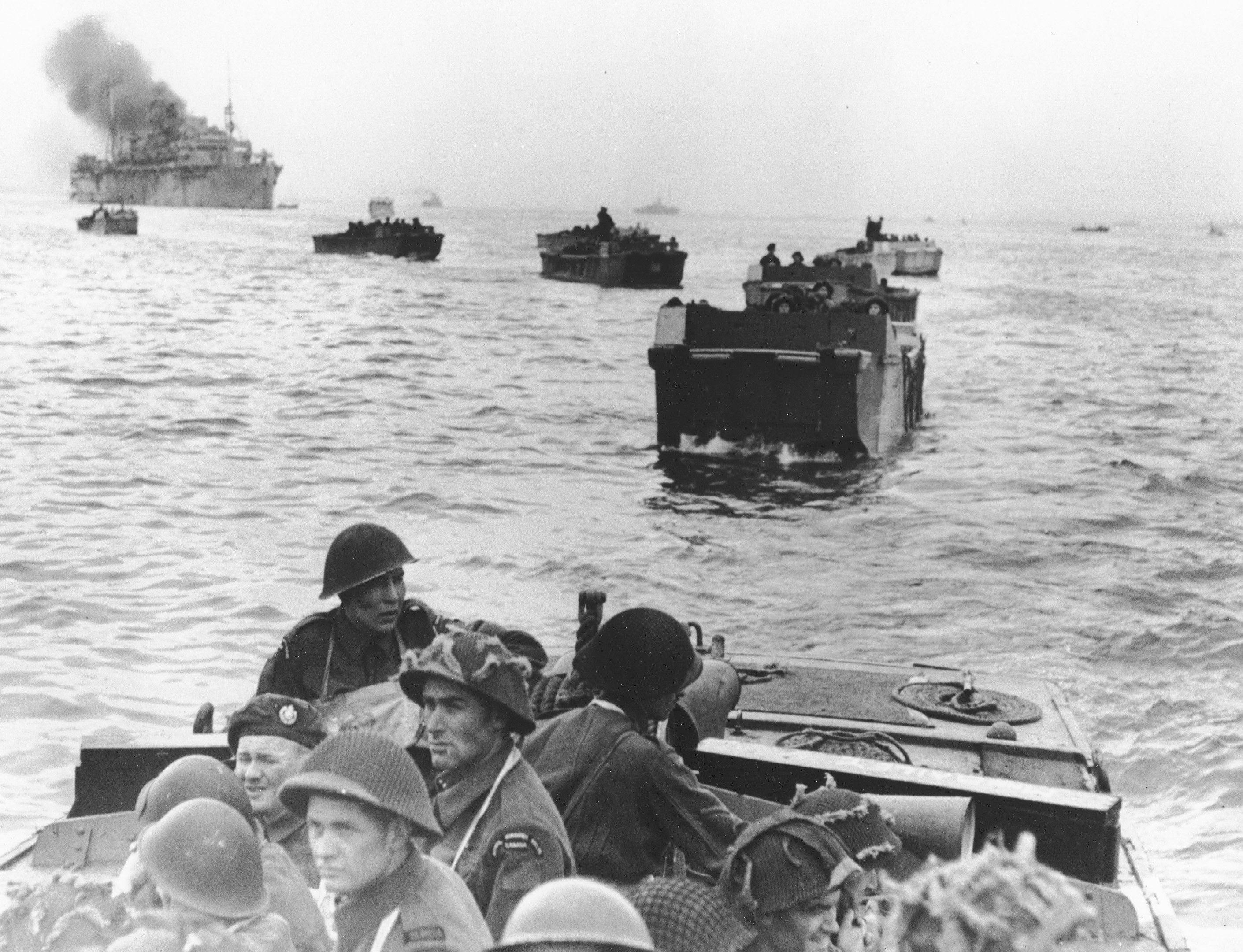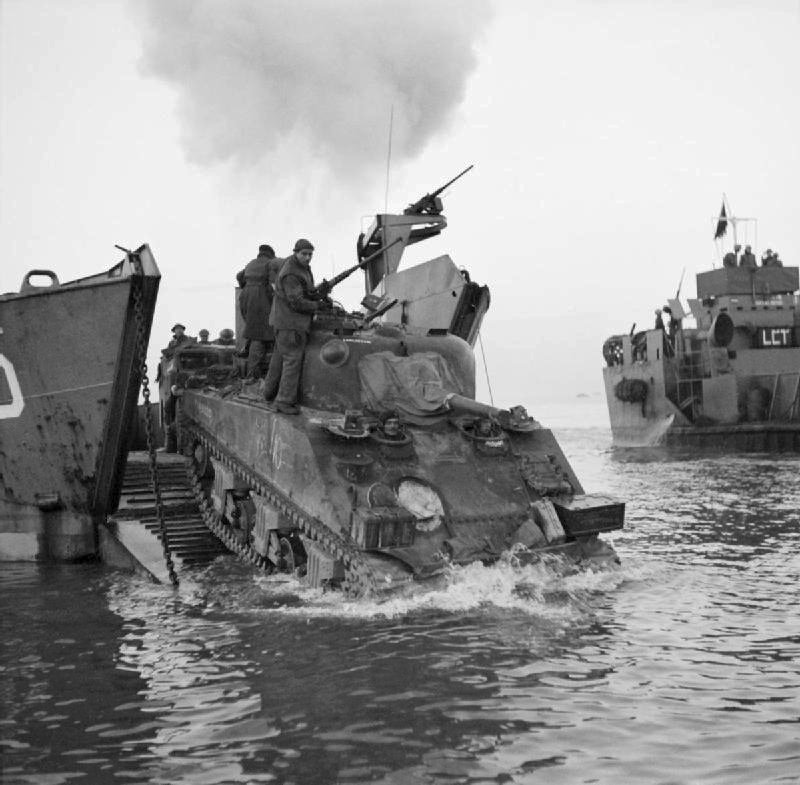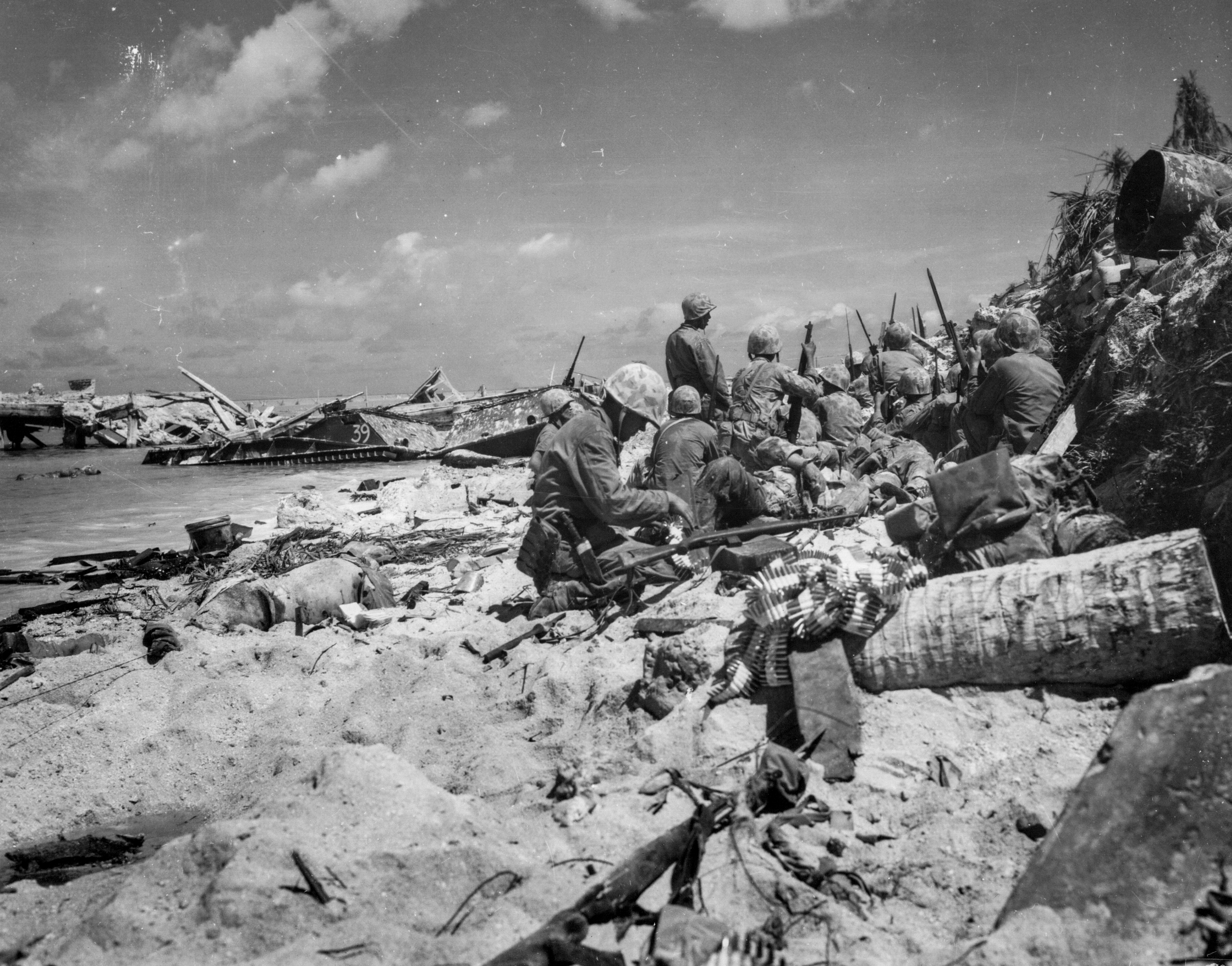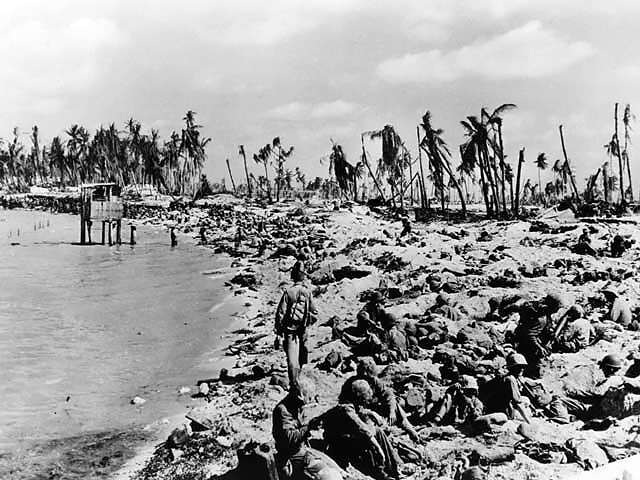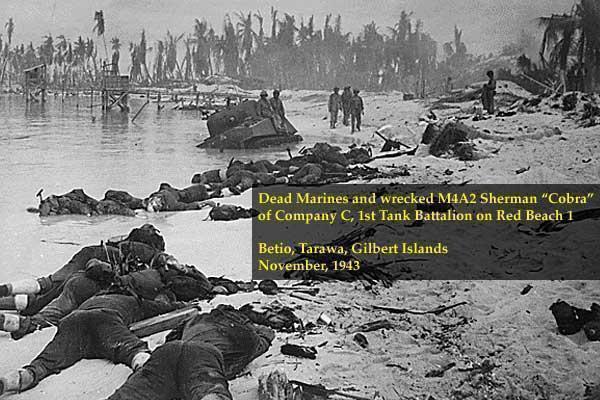The definition means "exaggeration." The claims "that the tanks were successful", as the museum curator plainly intended in his expression and use of hyperbole, was somewhat hyperbolic in its hyperbolism. He did not think much of the concept either.
The DD Shermans were the insane concept.
Note the lack of a bilge pump for the D-day tanks and the fact that the British actually tested a Valentine with such a canvas skirt.
They fired a machine gun at the DD Valentine (1942) under simulated landing conditions and it sank.
The DD (Sherman) concept was entirely British in notion based on their 1942 work with the Valentine.

The Americans came up with this;

Very lightly armored but it got ashore and it worked; as the Scheldt operations demonstrated against the Germans and as numerous 1944 Pacific assaults showed.
Two different solutions. The Americans rejected the DD tank (postwar) after the debacle at Omaha.
Source cite.
"Ideal conditions". McP.
The Crabs were landed directly from LCTs onto the beach, flailed for mines and shot up the German defenses before the Sherman DD's of the Sherwood Rangers,
which took significant losses, even though launched from less than 600 meters offshore managed to swim ashore. Op result is 100% mission intent failure. The other sectors of the beach, the other DD Shermans were thoroughly shot up. Results I would consider "mixed".
Based on the results, with 40% of the DD Shermans not launched due to rough seas and 62% of those launched reaching shore, the mission intent was not achieved. Mission success marginal.
An accident produced another ideal outcome.
Training. Bloody awful training. Even rotten concepts and poorly thought through engineering solutions can be overcome by proper training, but we have no idea how the DD Shermans would have done at Omaha since the 95% loss of mission rate during the approach makes it impossible to see examples of DD tanks in action in any quantity in that setting.
Cumulative.
Note that despite the shambles of Omaha Beach, and including the successes of Gold and Utah, that the op-research shows guaranteed loss of 1/3 of the swimmers. That is a mission fail rate that is "successful" and mostly worked?
How about ANVIL/Dragoon?
Not too bad. At least the tanks got ashore to fight and many were lost to the usual anti-tank methods. Those that swam in suffered 12% losses. Again not too bad.
How about the Scheldt and the Rhine?
Scheldt, the Alligators (Buffaloes) worked and the DD tanks mission failed. We will hear about the Alligators again.
Hmm. The Alligators (Buffaloes) got up the banks and the engineers were able to lay causeways for the DD tanks to climb. That is ridiculous.
No numbers on the Po River and Adige River crossings, so we cannot quantify the mission. The lorry function as a claimed mission success for type in theater is of note as it is both sublime and ridiculous to use an expensive and highly specialized vehicle as a "truck". Could other choices have been made? Most certainly. At that stage of the war, Alligators would have been available.
What I see here is a lot of "mixed results" and mission fails. YMMV, but I think the case for the DD tank as a "success" is not proven. It was rejected postwar, while the Alligator's successors have been used.
Even at that, note the placid wave conditions. In rough seas, I would expect ACVs to move the equipment ship to shore.



